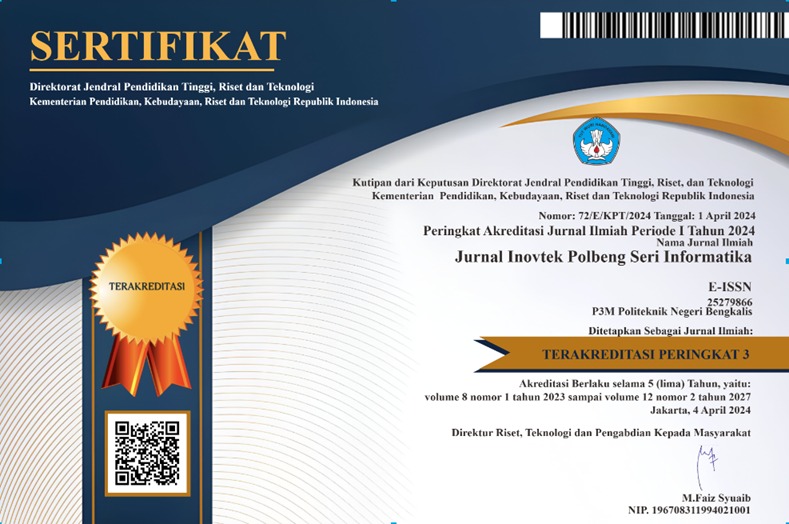Analysis of Openwrt-Based X86 Router Performance in Bandwidth Management on Local Internet Network
DOI:
https://doi.org/10.35314/h7m8mz76Keywords:
OpenWRT, QoS, router x86, local networkAbstract
This research aims to analyze the performance of OpenWRT-based x86 routers in local network bandwidth management through the application of Quality of Service (QoS), traffic shaping, and rate limiting features based on NFTables. Testing was conducted directly on the local network of Muara Merang Village for two weeks using an x86 mini PC as the main router. Data was collected using Wireshark and Ping to measure throughput, latency, jitter, and packet loss parameters before and after QoS configuration. The results showed an increase in VoIP service throughput from 950 Kbps to 1,296 Kbps (±36% increase), latency dropped from 38 ms to 3 ms (±92% decrease), jitter from 18 ms to 6 ms, and packet loss reduced from 2.5% to 0%. While on 4K streaming services, throughput increased from 19 Mbps to 27 Mbps (±42% increase), latency dropped from 63 ms to 47 ms, and jitter from 55 ms to 47 ms, with total elimination of packet loss. This study makes a novel contribution by testing the effectiveness of QoS on x86 architecture-based OpenWRT in a local context that has rarely been objectified before, in contrast to previous studies that predominantly used ARM/MIPS architecture and small network scenarios. The findings reinforce the potential of combining OpenWRT and x86 devices as an adaptive and cost-effective networking solution for MSMEs, educational institutions, and digital communities in infrastructure-constrained regions.
Downloads
Downloads
Published
Issue
Section
License
Copyright (c) 2024 INOVTEK Polbeng - Seri Informatika

This work is licensed under a Creative Commons Attribution-NonCommercial-ShareAlike 4.0 International License.














